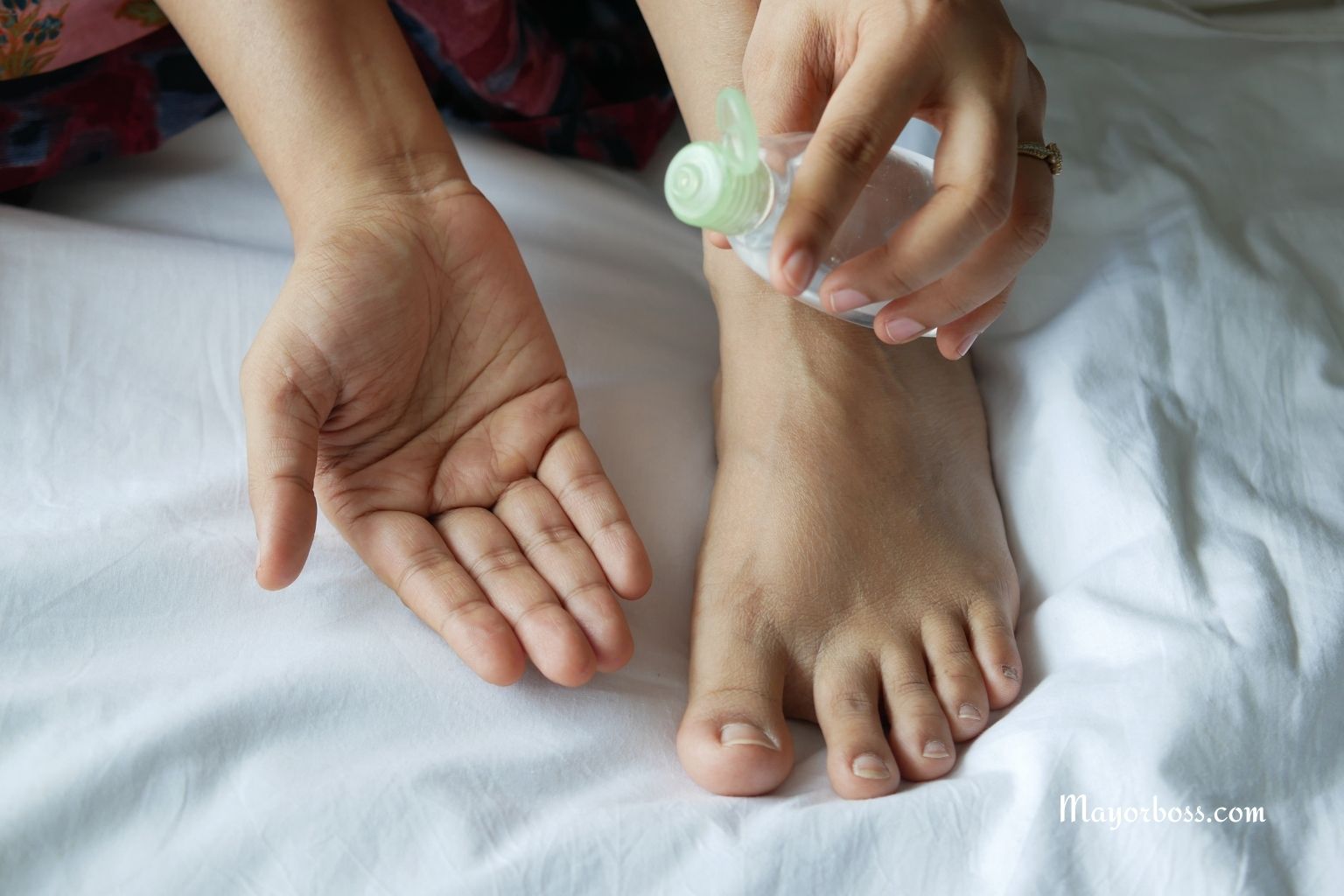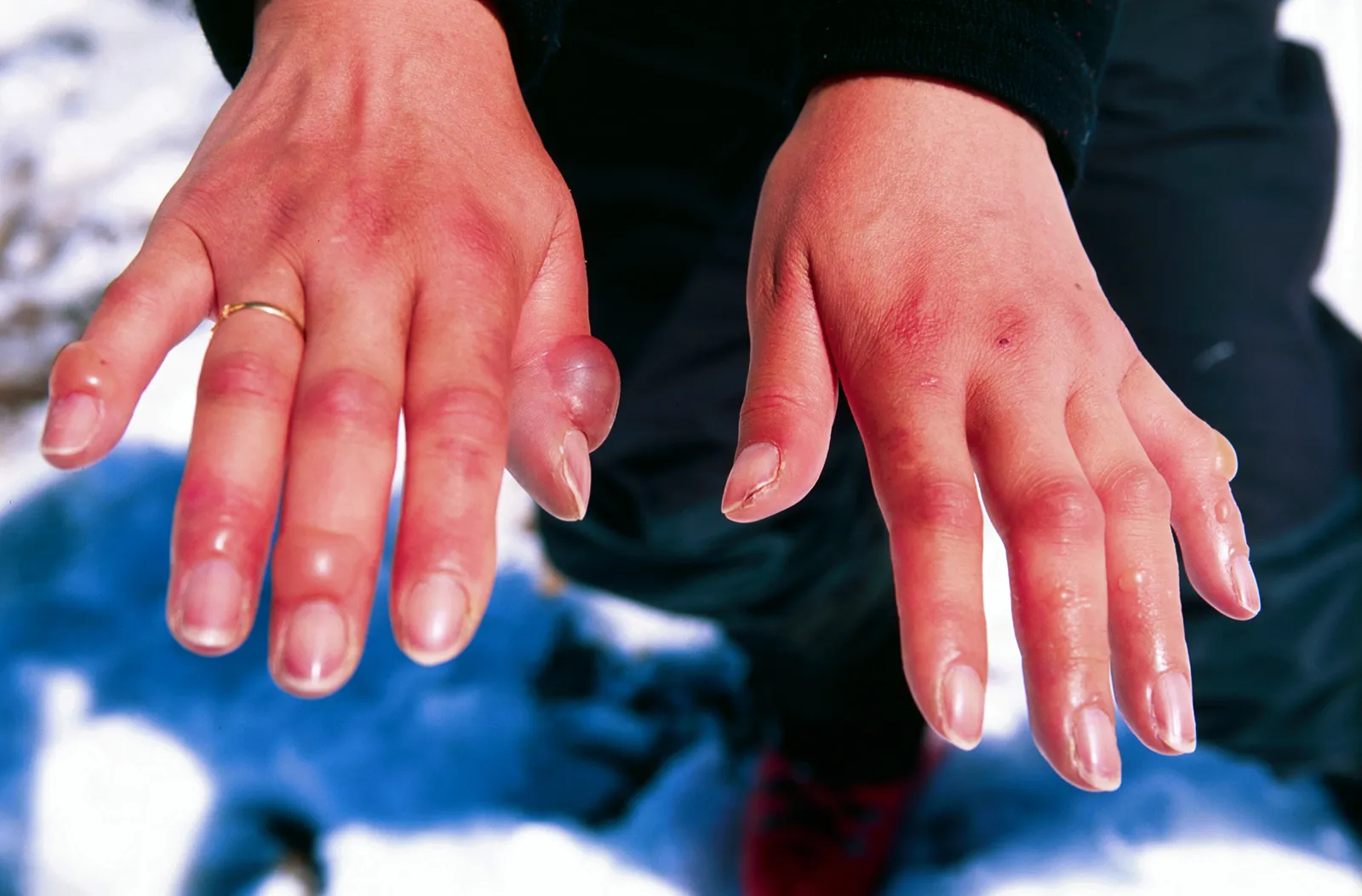Rubbing Magnesium Oil On Your Feet Before Bed Can Help With Sleep And Ease Muscle Pain
Applying magnesium oil to your feet before bed may promote relaxation, improve sleep quality, ease muscle aches, and even help with restless leg syndrome.

Magnesium is an essential mineral your body needs for hundreds of functions. It supports muscle relaxation, nerve health, and the production of melatonin, the hormone that helps regulate sleep. Low magnesium levels are linked to muscle cramps, restlessness, and trouble sleeping.
People with restless leg syndrome (RLS) often experience uncomfortable tingling, pulling, or crawling sensations in their legs at night. While the exact cause isn’t fully understood, magnesium may help by calming nerve activity and reducing muscle contractions that can trigger symptoms.1
How Magnesium Oil Works
Magnesium oil isn’t actually an oil. It’s a mixture of magnesium chloride flakes dissolved in water, creating a slightly oily texture. When applied to the skin, it’s absorbed directly into the bloodstream.
Applying it to your feet can be especially effective. The soles of your feet have larger pores and thicker skin, which may help absorb minerals more efficiently. This can be a convenient and soothing bedtime routine.
Benefits for Better Sleep
Magnesium helps calm the nervous system, making it easier to fall asleep and stay asleep. Rubbing magnesium oil into your feet before bed may help:
- Relax tense muscles so you’re not tossing and turning from discomfort
- Calm your mind by supporting the body’s natural sleep-wake cycle
- Reduce nighttime leg cramps that can interrupt rest
Many people notice they drift off faster and wake up feeling more refreshed after adding this simple habit.2
Easing Muscle Pain, Soreness, and Restless Leg Syndrome
Magnesium is also known for its role in muscle recovery. It helps regulate muscle contractions and reduce inflammation. If you’ve been on your feet all day, exercised, or are dealing with muscle aches, massaging magnesium oil into your feet can:
- Relieve soreness in the calves, arches, and toes
- Help muscles recover after activity
- Reduce feelings of heaviness or fatigue in the legs
- Ease the twitching and discomfort of restless leg syndrome
The gentle massage also increases circulation, which may further help with both muscle pain and restless leg symptoms.3
How to Use Magnesium Oil on Your Feet
Using magnesium oil is straightforward:
- Start with clean feet so the oil can absorb better.
- Spray or rub a small amount into the soles, arches, and tops of your feet.
- Massage for a few minutes to encourage absorption and relaxation.
- Let it dry for 10–15 minutes before putting on socks or getting into bed.
Some people experience a mild tingling or warmth at first. This is normal and usually fades after a few uses. If the sensation is too strong, dilute the magnesium oil with water.
Who Might Benefit Most
Topical magnesium can be helpful for:
- People with frequent muscle cramps
- Those who have trouble falling or staying asleep
- Athletes or anyone with post-workout soreness
- Individuals with jobs that require standing for long hours
Safety and Precautions
Magnesium oil is generally safe for most people, but keep these points in mind:
- Avoid using on broken or irritated skin
- Test on a small area first to check for sensitivity
- If you have kidney problems or a diagnosed magnesium imbalance, consult your doctor before use
The Bottom Line
Rubbing magnesium oil on your feet before bed is a simple ritual that can support better sleep, ease muscle discomfort, and reduce restless leg symptoms. It combines the benefits of magnesium with the relaxing effects of massage, helping you wind down after a long day.
FAQs
1. How long does it take for magnesium oil to work?
Some people notice relaxation within 30 minutes, while others may need a week or two of consistent use to see full benefits.
2. Can I use magnesium oil every night?
Yes, daily use is safe for most people and may be more effective when done consistently.
3. Will magnesium oil stain sheets or socks?
No, once it’s absorbed and dried, it should not stain fabrics.
4. What if the tingling feels too strong?
Dilute with water or apply over a thin layer of lotion to reduce skin sensitivity.
5. Is oral magnesium better than topical?
Both can be effective. Topical magnesium may be a good choice for those who have digestive issues with supplements or want targeted muscle relief.






